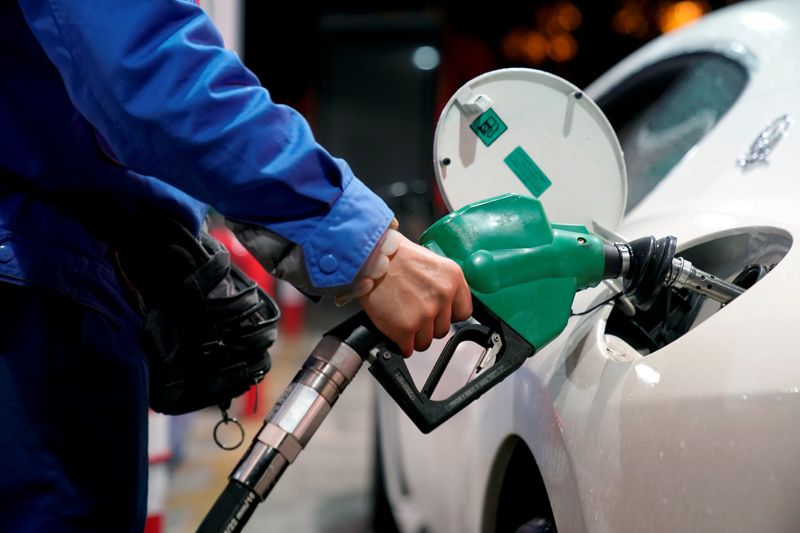Fuel demand in China has increased dramatically
2022.12.14 02:11
[ad_1]

Fuel demand in China has increased dramatically
Budrigannews.com – After a significant relaxation of the country’s COVID-19 restrictions, road and air traffic in China, the world’s second-largest oil consumer, has surged, improving the outlook for fuel demand and supporting crude prices.
China last week ended a policy that had been in place for almost three years with the goal of eliminating all COVID cases. These key restrictions included ending frequent virus testing, loosening quarantine regulations, and eliminating travel tracking.
According to data from the transportation ministry, travel analytics companies, and energy consultancies, the changes immediately sparked a significant increase in mobility, with road and air transportation picking up for the first time in nearly two months.
China’s regaining mobility is being closely monitored by the global energy market. Due to widespread lockdowns, demand is anticipated to decrease this year for the first time in two decades in the world’s top oil buyer.
More Oil is rising due to a pipeline accident
According to Morgan Stanley (NYSE:), “Given the faster pace of reopening, we now expect mobility to normalize – reaching the levels of June-July 2022 – by end of March 2023 versus our prior expectation of May/June.” On Wednesday, analysts wrote in a note.
NYSE: Bank of America Analysts at Global Research predicted that the global oil benchmark would soon surpass $90 per barrel, up from the current $80, in part due to China’s “successful” economic reopening.
According to aviation data provider Variflight, domestic passenger volumes increased by 68% last week to 3.7 million, the largest increase since the Lunar New Year holiday in February. However, that figure is still 37% lower than it was a year ago and 68% lower than it was in 2019.
China’s weekly air passenger count The Ministry of Transportation’s data indicate that the number of trucks traveling on highways also saw its first increase since the beginning of October last week.
According to brokerage Nomura, areas that account for nearly 20% of China’s total gross domestic product had been under some kind of lockdown in November, resulting in rare protests against the stringent COVID measures.
In areas where COVID cases have been reported, lockdowns have now been lifted and truck drivers are no longer subjected to frequent testing. Since December 8, according to data from the transport ministry, highway tolls have not been temporarily shut down.
Last week, a Chinese fleet management company called G7 created an index that showed that the movement of fully loaded trucks in China rose from a low of almost two months in the middle of November to close to the level of the same time period in 2019.
The number of trucks using expressways on a daily basis in China Analysts, on the other hand, cautioned that an increase in COVID cases could halt the recent momentum in mobility.
Analysts at Nomura wrote in a note on Tuesday that “we believe such an improvement may stall or even reverse, as more traveling may lead to a wider spread of Omicron in the winter across the country,” referring to the highly transmissible COVID-19 strain.
Due to mounting evidence that COVID infections are rising in Beijing, it is being reported that Chinese leaders have postponed a crucial economic policy meeting. Despite the fact that COVID tests are no longer required, the country reported more than 7,000 cases of the disease on Sunday and Monday.
Due to the sharp rise in COVID cases, Beijing’s road congestion index over the past seven days is significantly lower than it was during the same time period last year.
Congestion in major Chinese cities caused by traffic It is unknown how many people will travel during the Lunar New Year holiday next month, which is typically a time when city dwellers return to their home regions to celebrate with family.
However, fuel traders appear upbeat.
According to data compiled by consultancy Longzhong, traders increased their purchases in anticipation of stronger gasoline demand, which resulted in China’s commercial gasoline inventories falling last week for the first time since the seven-day National Day vacation at the beginning of October.
Commercial stocks of gasoline and diesel in China








